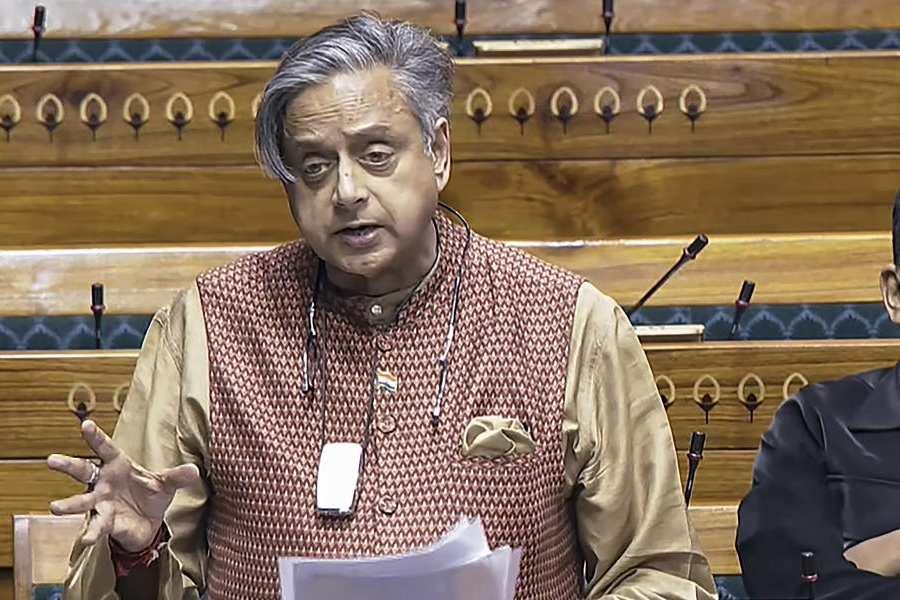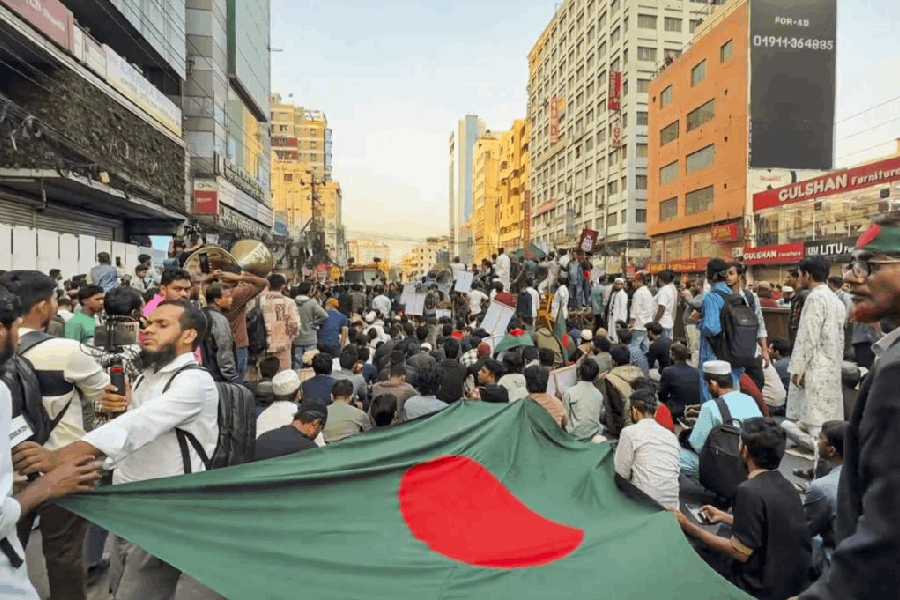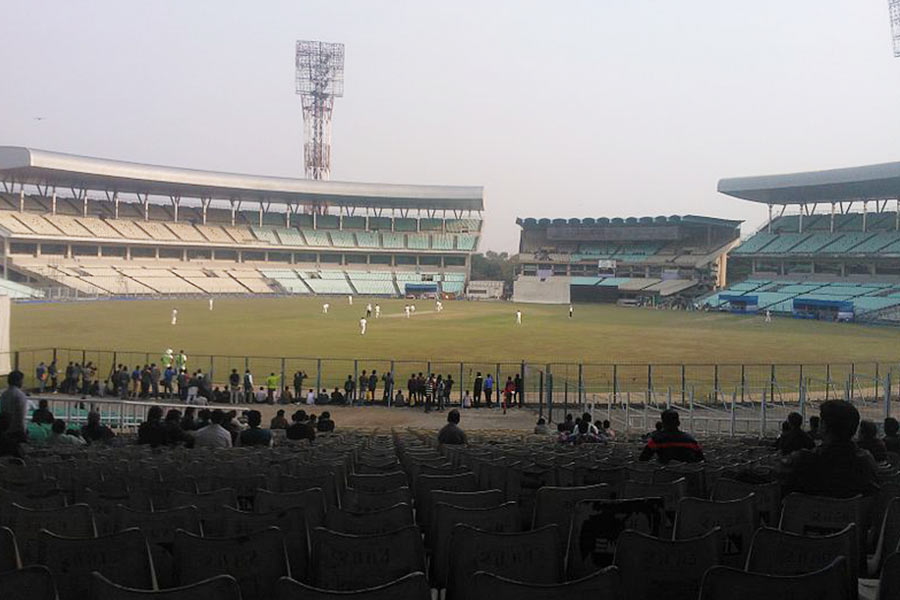 |
 |
 |
 |
A cold wave is usually good news for Pyare Lal. He sells boiled eggs, spiced with chaat masala, on his handcart at west Delhi’s Mayapuri. Sales soar as the mercury dips, with middle class office goers and daily wage labourers wolfing down an egg or two. But he hasn’t been so lucky this year. With the price of eggs touching Rs 48 a dozen, there aren’t too many takers.
Onion prices, which touched Rs 70 a kg, may be hogging the headlines, but the rising prices of several other food items are upsetting household budgets. Society ladies get their chauffeurs to drive them to markets where onions are selling for Rs 45 a kg, while pensioner S.K. Kaura now buys full cream milk (Rs 33 a litre, versus Rs 30 last year) only for his grandson. It’s toned milk for the rest of the six-member family. Their maid, Rekha, gives only tea to her children.
Food bills have soared, but don’t expect any long-term respite. The experts say that the days of inexpensive food are over. As Ramesh Chand, director of the National Centre for Agricultural Economics and Policy Research (NCAP), asserts, “People have to reconcile themselves to the fact that the days of cheap food are gone.”
Blame it on changing food habits. “The demand for food is increasing because of rising incomes,” says S. Mahendra Dev, director of the Indira Gandhi Institute of Development Research and a former chairman of the Commission for Agricultural Costs and Prices (CACP), the government body that fixes support prices for farm products. Higher private sector and government salaries, bi-annual dearness allowance hikes and wage generating schemes like the National Rural Employment Guarantee Scheme have all put more spending power in people’s hands, notes Chand. Rising prices do bite, but people are consuming more and eating more nutritious food than they did earlier.
Pyare Lal may not be getting enough customers for his boiled eggs now, but egg consumption is on the rise. As incomes rise, the share of food in household budgets falls while the share of non-food items increases. But within the food basket, the share of cereals falls and that of other foods — eggs and meat, milk and milk products, fruits and vegetables — rises. That’s borne out by the National Sample Survey Organisation’s Household Consumer Expenditure survey figures for 2007-2008, the latest year for which figures are readily available. The share of food in monthly consumer expenditures fell from 64 per cent in 1987-1988 to 52 per cent in 2007-2008. But within the food segment, the share of cereals fell while that of dairy products, meat, eggs, fish, vegetables and fruits increased (see table), pushing up the prices of these commodities.
Logically, lower demand for cereals should bring down their prices. But more meat consumption pushes up demand for cereals, as some are being used as feed for cattle and poultry. Chand quotes US Department of Agriculture figures which show that 7kg of corn is required to produce 1kg of beef, 6.5kg for 1kg of pork and 2.6kg for 1kg of chicken.
Not everybody buys this. “This is a flawed argument,” declares Devinder Sharma, head of the Delhi-based Forum for Biotechnology and Food Security. “This is akin to blaming the poor for inflation, when they are the worst sufferers,” he says.
It’s not a blame game, retorts Chand. “These are very real factors,” he adds.
Planning Commission member Abhijit Sen points out that the rate of inflation, as measured by the consumer price index (CPI, which tracks monthly changes in prices for a specified basket of goods) for agricultural labourers and rural workers, where food has a higher weight, has been less than the CPI for industrial workers in November 2010. While the rate of inflation in the two rural indices stood at around 7 per cent, it was 8 per cent in the urban index. In fact, this has been the trend since May 2010. So price increases are more marked in urban India than in rural areas.
 |
When the demand for food is rising, any supply shocks are bound to bite more. The rate of food inflation, Sen points out, usually drops by 15 per cent on an average between November and December. In 2010, however, it rose by 15 per cent owing to the unexpected surge in vegetable prices, led by the shortfall in onion production. “If vegetable prices hadn’t increased, the trend would have been normal,” he contends.
Hoarding has played a big role, says Sharma. In 2010, 10 lakh tonne more onions were produced than during the previous year. So even with a 10 per cent drop in onion supplies owing to damage, there would still have been a surplus. The government, he says, is unable to deal with hoarders and price manipulation by wholesalers.
Still, the recent rise in the prices of eggs, meat and poultry is puzzling since consumption habits have been changing for some years now. One reason could be, says Sen, that the effect of the 2007-2008 drought — less water as well as feed — are being felt on cattle and poultry only now, leading to a drop in the production of milk as well as meat and eggs.
Supply-demand mismatches are clearly fuelling inflation, not just in India but globally too. The Food and Agricultural Organisation’s Food Price Index rose by 25 per cent between December 2009 and December 2010.
The land on which vegetables and fruits are grown is coming under pressure too. Chand points out that a fair amount of vegetables used to be grown on the outskirts of cities and sold on handcarts. With growing urbanisation, this source of supply has dried up.
Farmers are also confronted with rising production costs, with input costs, from seeds to wages for labourers, on the upswing. As Dev says, “rising food prices is becoming a structural issue.”
The story of food price inflation also reflects the government’s neglect of agriculture — little investment in irrigation and infrastructure and lack of marketing reforms has lead to inefficiency in storing and transporting agricultural goods. But investing more in infrastructure, especially storage capacity and cold chains, will also eventually push up prices, notes Sen.
Clearly, this is going to be one vicious cycle.










